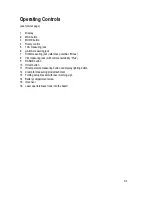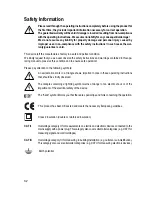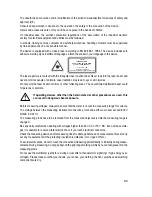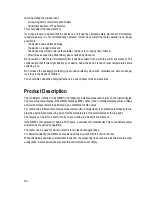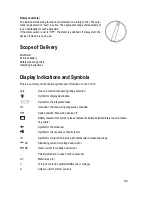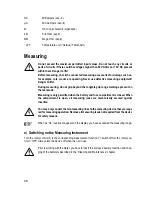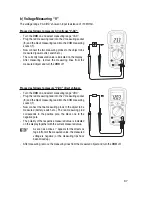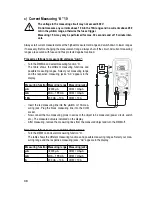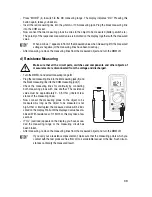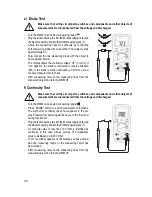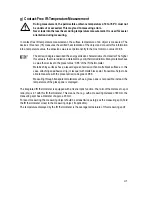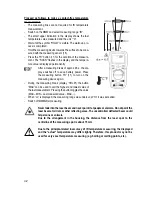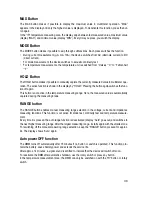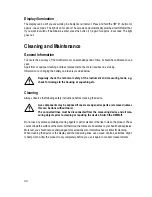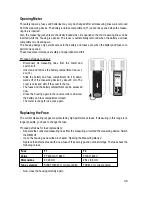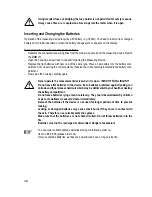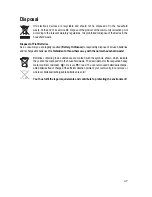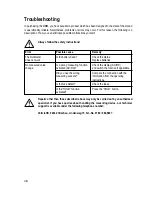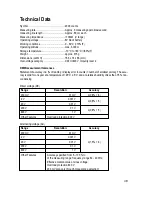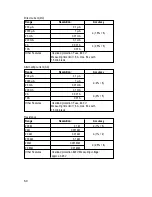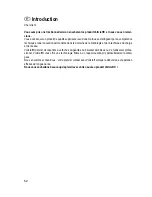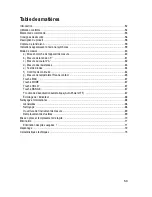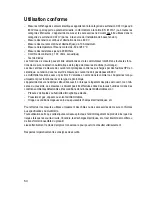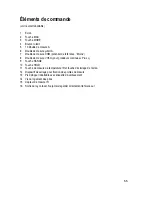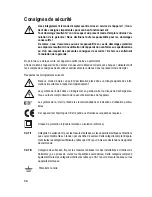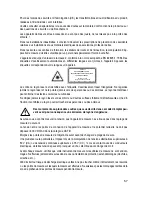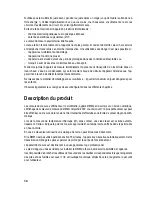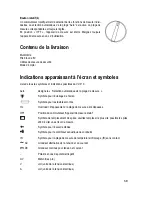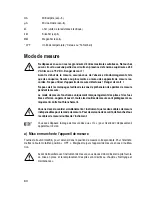
45
Opening Meter
For safety reasons, fuses and batteries may only be changed after all measuring lines were removed
from the measuring device. The battery and fuse compartment (17) cannot be opened when the measu-
ring line is inserted.
Also, the measuring jacks are mechanically locked when it is opened so that no measuring lines can be
inserted while the housing is opened. The locks is automatically removed when the battery and fuse
compartment is closed again.
The housing design only permits access to the battery and fuses even when the battery and fuse com-
partment is opened.
These measures improve user safety and operational comfort.
Proceed as follows to open it:
-
Disconnect all measuring lines from the meter and
switch it off.
-
Unscrew and remove the battery compartment rear scr-
ew (14).
-
Slide the battery and fuse compartment lid (13) down-
wards off of the measuring device by about 5 mm. The
cover is unlocked. Lift off the cover to the top.
-
The fuses and the battery compartment can be accessed
now.
-
Close the housing again in the reverse order and screw
the battery and fuse compartment closed.
-
The meter is ready for use once again.
Replacing the Fuse
The current measuring ranges are protected by high-performance fuses. If measuring in this range is no
longer possible, you have to change the fuse.
Proceed as follows for fuse replacement:
-
Separate the connected measuring lines from the measuring circuit and the measuring device. Switch
the DMM off.
-
Open the housing as described in chapter “Opening the Measuring Device”.
-
Replace the defective fuse with a new fuse of the same type and nominal voltage. The fuses have the
following values:
Fuse
F1
F2
Value
FF 200 mA H 660V
F10A H 600V
Dimensions
20 x 5 mm
25.4 x 6.3 mm
Type, ceramics
SIBA 7018040 or corresponding
TDC600 or corresponding
-
Now close the housing carefully again.

